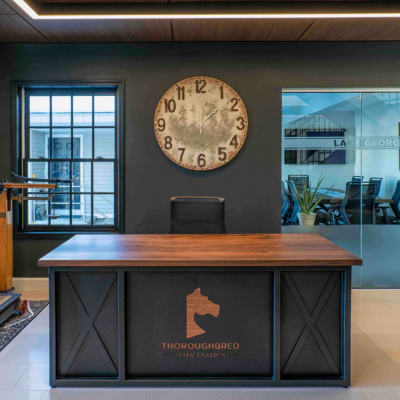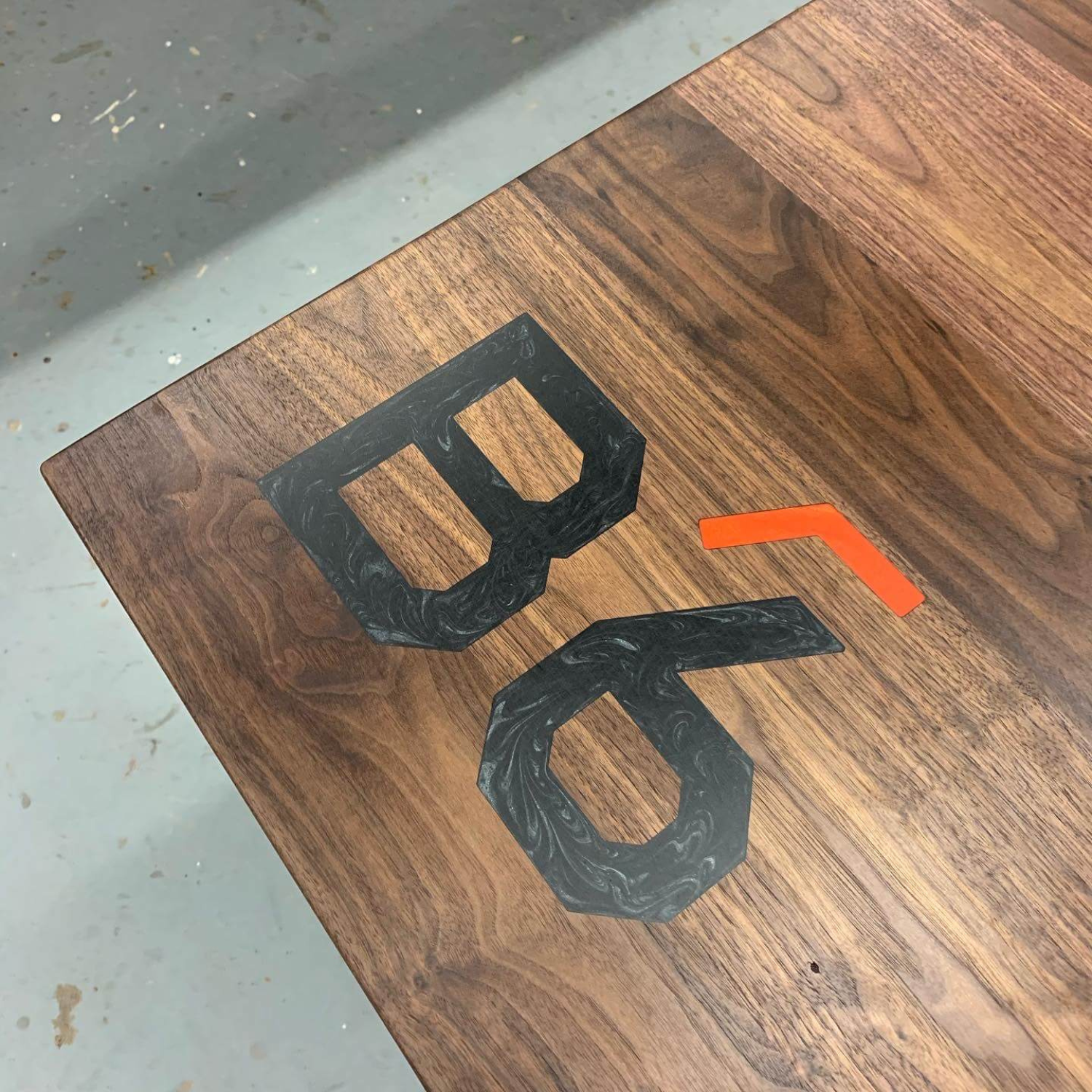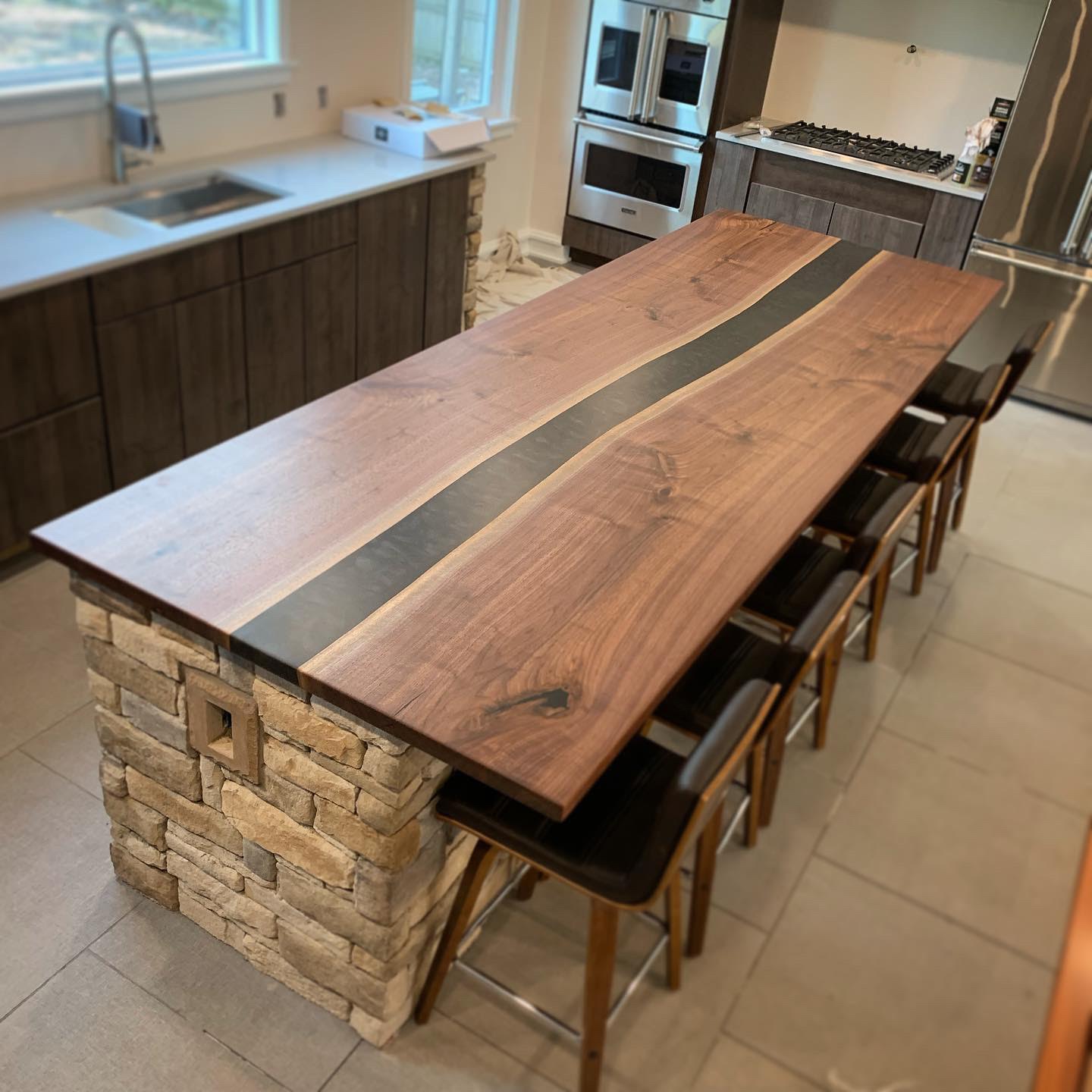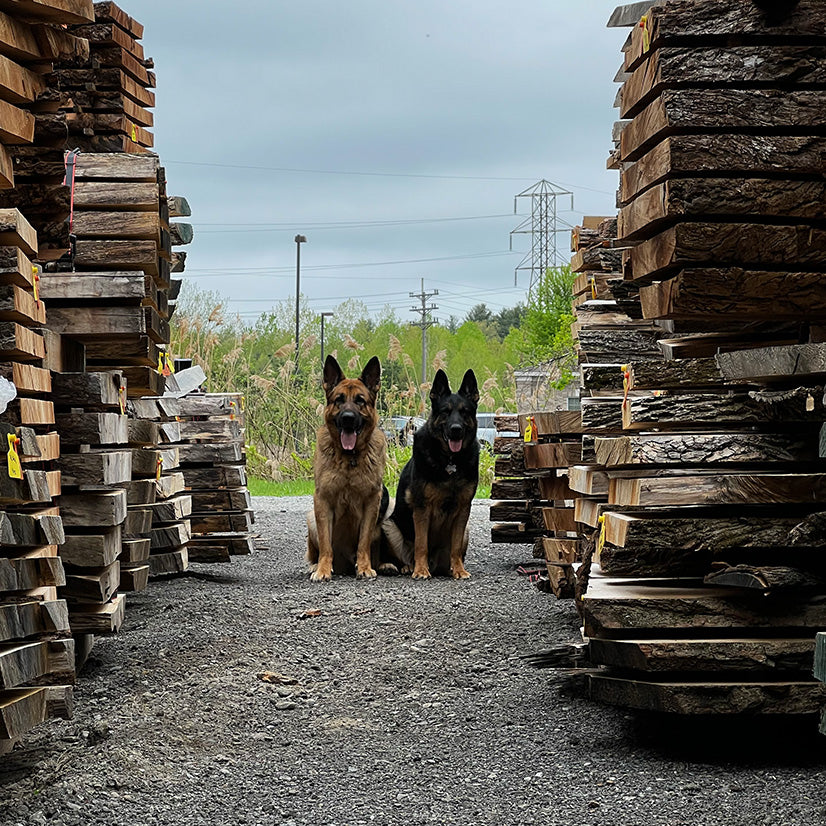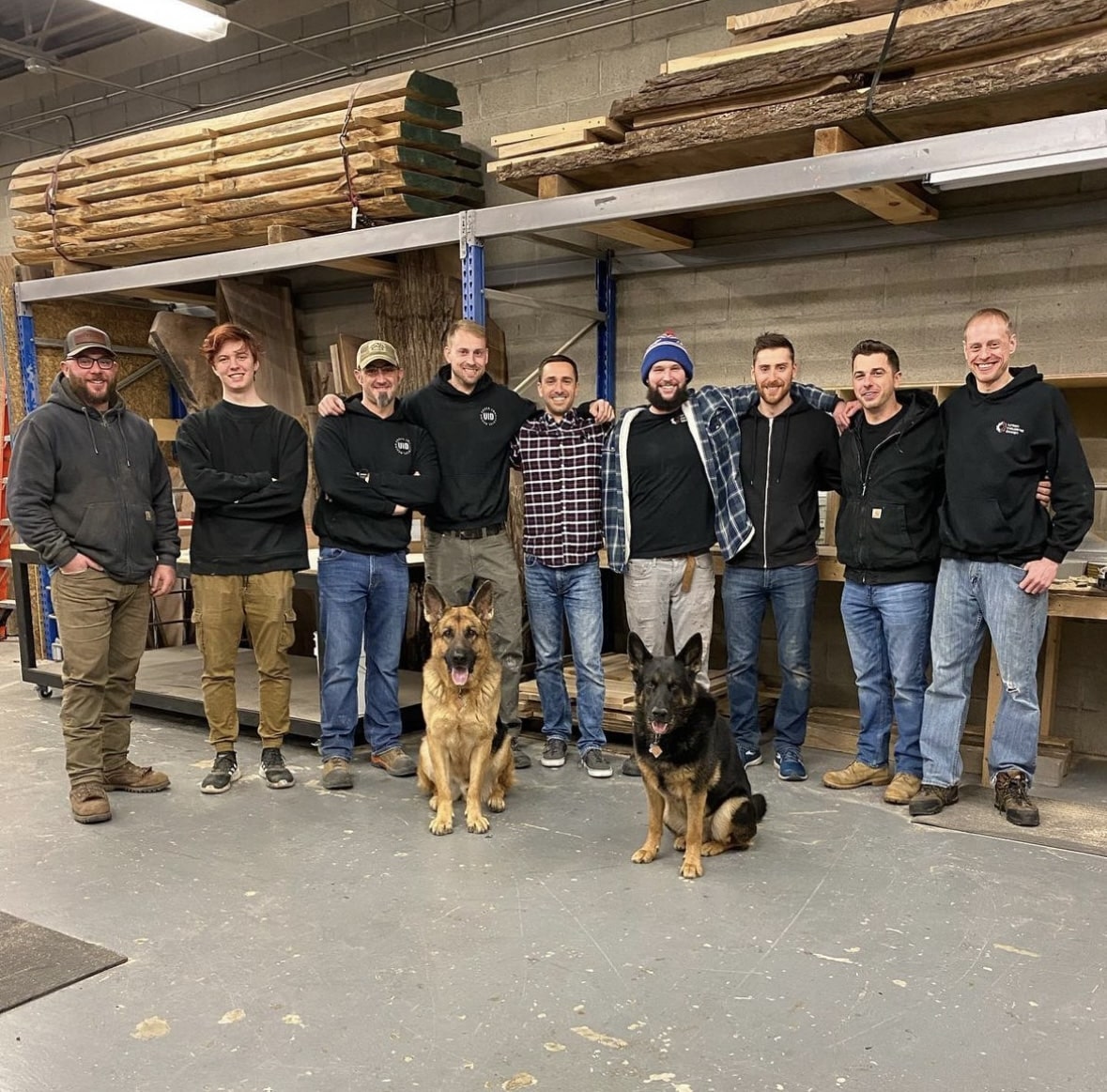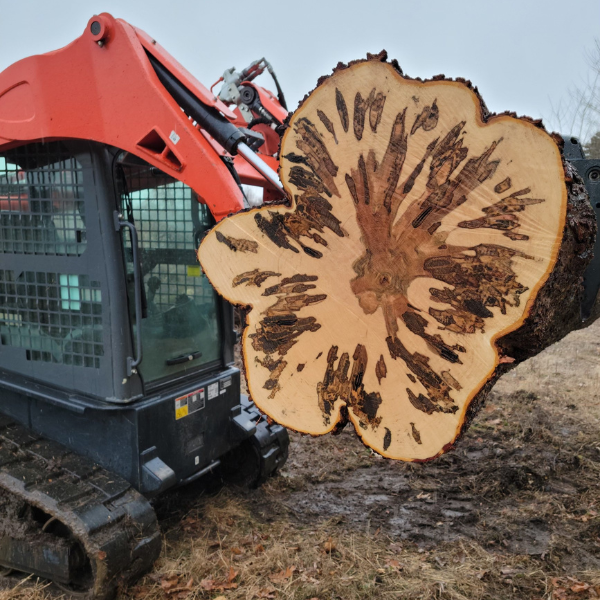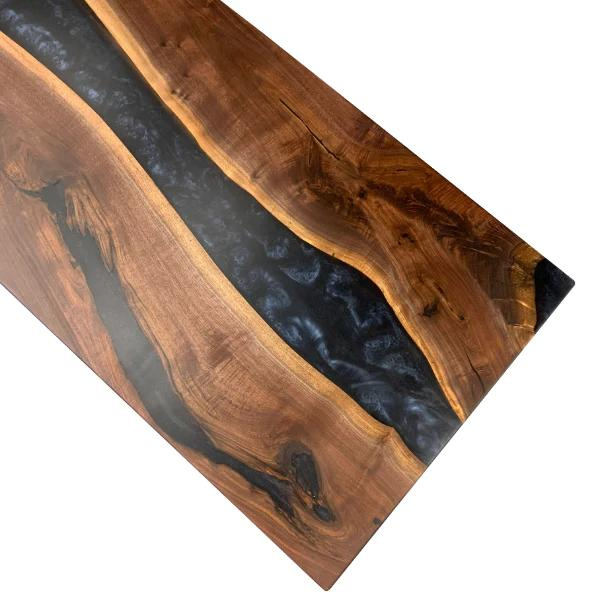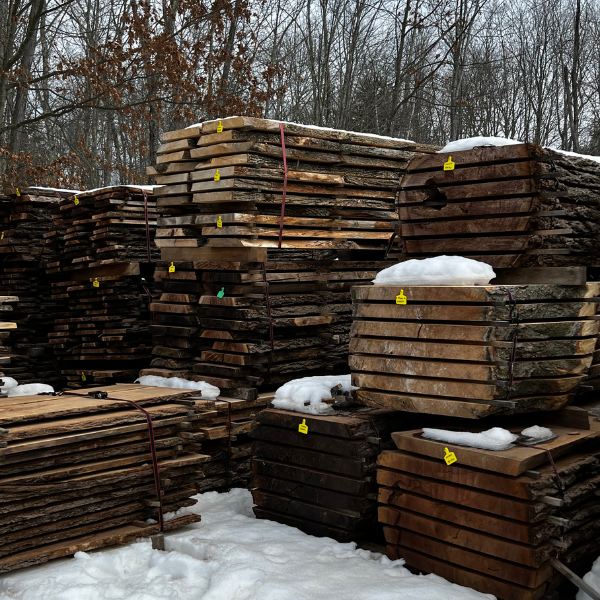At Urban Industrial Design we mill all of our slabs in-house. We ensure our hardwoods are the highest quality, for the best project results. The milling process is the process of transforming raw logs into lumber or other finished wood products. Here is a general overview of the steps involved in the milling process.
Harvesting: The first step in the milling process is harvesting the trees. Once the trees have been selected for harvest, they are cut down and transported to a sawmill or other processing facility.
Debarking: The next step is debarking the logs. This involves removing the outer layer of bark from the logs using a machine or hand tools.
Sawing: The logs are then sawn into rough lumber using a sawmill. The logs are first squared off to create a flat surface, then cut into boards of various thicknesses.
Drying: The rough lumber is then dried in a kiln or air-dried over a period of several months. This helps to remove moisture from the wood and prevent warping or cracking.
Surfacing: Once the lumber has been dried, it is surfaced to create a smooth and uniform thickness. This involves planing the rough sawn lumber to create a flat and smooth surface.
-
Sorting and Grading: The lumber is then sorted and graded based on its quality and characteristics. Lumber is typically graded based on the number and size of knots, the grain pattern, and other factors.
-
Finishing: The final step in the milling process is finishing the lumber. This involves cutting the lumber to the desired length and width, and applying a finish such as stain or varnish to enhance the appearance and durability of the wood.
Overall, the milling process is an important part of the woodworking industry, and it plays a key role in producing high-quality lumber and other finished wood products.

